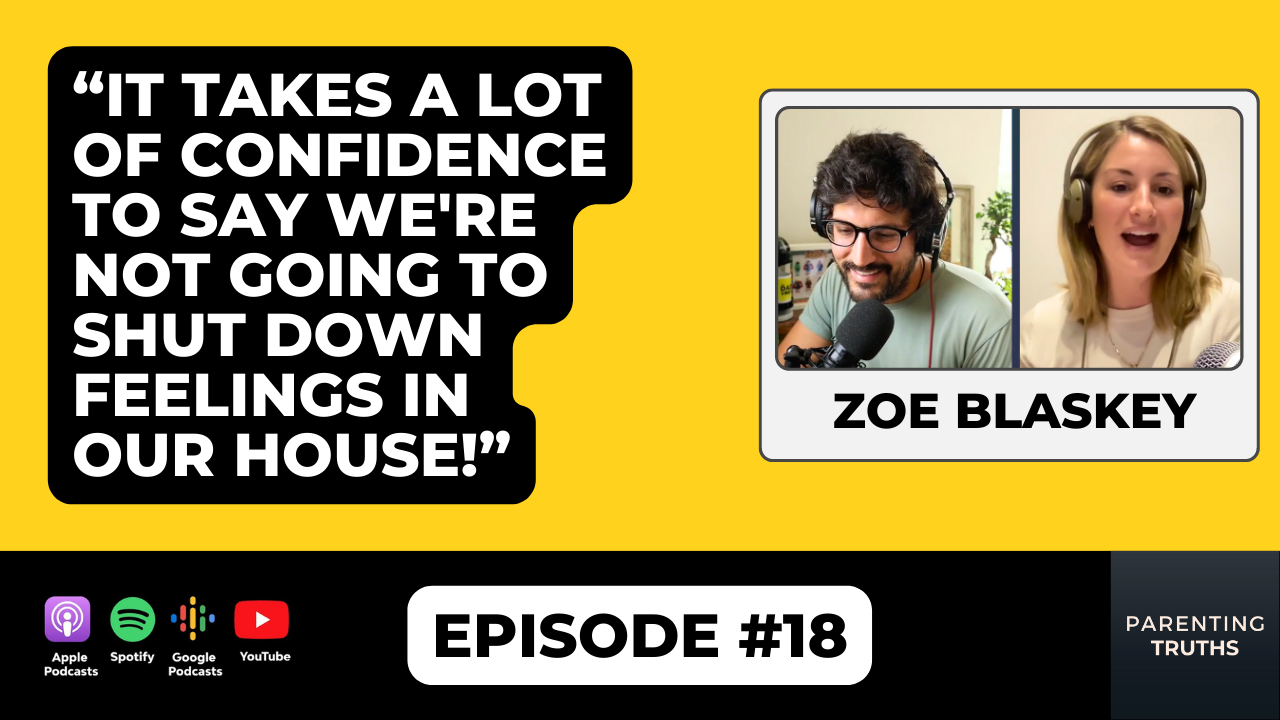Name your child's feeling
Jan 10, 2022
Naming the feeling and labelling the situation is something I post about often. My wife and I have been doing this daily for the past 18 months with our now 3 and a half years old. Naming the feeling during our little ones emotional outbursts is something I wholeheartedly believe in, the research is overwhelming when it comes to this being critical in developing emotional competence during those early years.
Not convinced? I get it. Your child is screaming because you said no to buying a toy, how is remaining calm and saying
“I can see you’re upset” going to achieve anything? They need to learn that no means no and that screaming gets them nowhere, right?!
I can see why the “naming the feeling” approach can be seen as weak and permissive, but let’s discuss a few key points.
When we name our child’s feelings we’re teaching them how to label their own emotions as well as identifying the emotions of other people. Naming their emotions boosts our child’s emotional vocabulary, therefore as they grow they develop the ability to communicate their emotions instead of using other methods which may be seen as destructive or even aggressive. And if our children can recognise and name their feelings, then they’re much better placed to sympathise with others too.
This isn’t bro science, this has been proven over and over again to be an effective method of developing emotional competence in children. So yes, when your child acts out because they want a cookie and you’ve said no, as frustrating as it is for you, let’s just appreciate that the chances are, right now, this is the only way they know how to communicate their frustration. But over time, they’ll learn the tools to effectively regulate their emotions and communicate their feelings, and they’ll learn this with you right by their side.
Before I provide you with a very specific example, let me just say, this isn’t a magical formula for stopping those emotional outbursts.
But over time, it’ll certainly reduce their frequency and help to bring your child back to a level of calm. When doing this we need to think long term, this method isn’t about shutting your child down, it isn’t about getting them to immediately change their behaviour, it’s about providing them with the tools they need that will last a lifetime.
So, back to my example. Righty, so, during a recent trip to London we spent the day out and decided to visit Hamley’s, which is well worth a visit by the way. Our little one (who’s 3 and a half) spent an hour exploring the 6 floors picking a few bits and bobs. He ended up with a Lego set, a teddy and a candy cane.
We returned to the hotel room and kicked off building the Lego set, halfway through the building Luca took a break and went to the bag to look for his candy cane, it wasn’t there. He looked upset, my wife and I both looked too, we couldn't see it anywhere.
“Oh, well, we’re sorry Luca, they must have forgotten to scan it, it must still be in the shop”
Needless to say, the upset turned into what I’d call a mild meltdown. Now, as this meltdown was starting you may feel like saying “Come on, we’re building the Lego set, you have your teddy, we’ve had a lovely day in London and you’re upset because of the candy cane, really?!”.
But of course, that isn’t productive. In the mind of our 3 year old we bought him the candy cane, he wanted the candy cane and now that’s been turned on its head because the candy cane isn’t there. That’s a big shift, obviously not for us as grown adults, but for a 3-year-old, it’s huge, at least until they learn how to effectively deal with these situations.
So, we opted to name his feelings and acknowledge the situation. “We can see you’re upset because we don’t have the candy cane, we know you wanted the candy cane but the candy cane is still in the shop”.
Now on this occasion, this was enough. Our little replied with “Ok ok, that’s ok”.
And we got back to the Lego. I’m certainly not saying all meltdowns end this way, I’m not saying naming the feeling has such an immediate impact every time, and I’m not even saying that I’m always calm enough during these challenging moments to name the feeling. But in this specific moment, it was so lovely to see that simply talking calmly to our child during a moment many would perceive as “bratty”, was enough to not only teach him about his emotions but to bring him back to a level of calm too.
Big thanks for reading.



